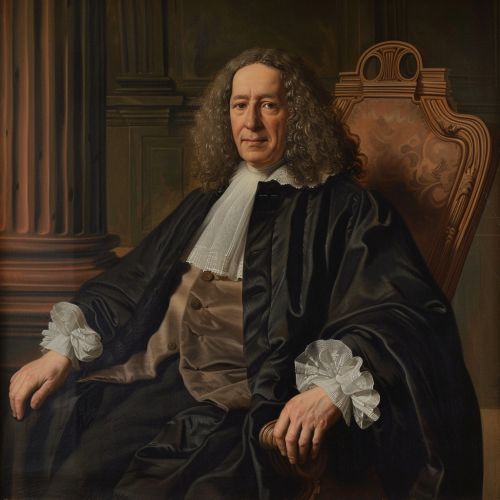Gerard 't Hooft
Early Life and Education
Gerardus 't Hooft was born on July 5, 1946, in Den Helder, Netherlands. He grew up in a family with a strong academic background; his father was a naval engineer, and his mother was a teacher. From an early age, 't Hooft showed an aptitude for mathematics and physics, which led him to pursue these subjects academically. He attended the University of Utrecht, where he earned his undergraduate degree in physics. He continued his studies at the same institution, obtaining his Ph.D. in 1972 under the supervision of Martinus Veltman.
Academic Career
Early Research
Gerard 't Hooft's early research focused on the renormalization of gauge theories. His work in this area was groundbreaking and laid the foundation for much of modern particle physics. In particular, 't Hooft and his advisor, Martinus Veltman, developed techniques to handle the infinities that arise in quantum field theories. This work was crucial for the development of the Standard Model, which describes the fundamental particles and their interactions.
Renormalization and Gauge Theories
The concept of renormalization is central to quantum field theory. It involves the systematic removal of infinities that appear in the calculations of particle interactions. 't Hooft's contributions in this area were pivotal. He demonstrated that non-Abelian gauge theories, which are more complex than their Abelian counterparts, could be renormalized. This was a significant breakthrough because it validated the use of these theories in describing the weak and strong nuclear forces.
Spontaneous Symmetry Breaking
Another major area of 't Hooft's research was spontaneous symmetry breaking. This phenomenon occurs when a system that is symmetric under some symmetry group transitions to a state that is not symmetric. 't Hooft's work in this area helped to explain how particles acquire mass through the Higgs mechanism. This mechanism is a cornerstone of the Standard Model and was confirmed experimentally with the discovery of the Higgs boson in 2012.


Contributions to Theoretical Physics
Quantum Chromodynamics
Gerard 't Hooft made significant contributions to Quantum Chromodynamics (QCD), the theory that describes the strong nuclear force. QCD is a non-Abelian gauge theory based on the SU(3) symmetry group. 't Hooft's work on the renormalization of non-Abelian gauge theories was instrumental in the development of QCD. His insights helped to establish the theoretical framework that describes how quarks and gluons interact.
Instantons and Topological Effects
't Hooft also explored the role of topological effects in quantum field theory. He introduced the concept of instantons, which are solutions to the equations of motion in a gauge theory that correspond to tunneling events between different vacuum states. Instantons have profound implications for the understanding of non-perturbative effects in QCD and other gauge theories.
Anomalies in Gauge Theories
Another important area of 't Hooft's research was the study of anomalies in gauge theories. Anomalies are inconsistencies that can arise when symmetries present at the classical level are not preserved upon quantization. 't Hooft's work in this area helped to clarify the conditions under which gauge theories remain consistent and renormalizable.
Awards and Honors
Gerard 't Hooft's contributions to theoretical physics have been widely recognized. In 1999, he was awarded the Nobel Prize in Physics along with Martinus Veltman for their work on the renormalization of gauge theories. He has also received numerous other awards, including the Wolf Prize, the Lorentz Medal, and the Franklin Medal.
Later Work and Current Research
In recent years, 't Hooft has continued to explore fundamental questions in theoretical physics. His research interests include the foundations of quantum mechanics, black hole physics, and the nature of space-time. He has also been involved in efforts to develop a theory of quantum gravity, which aims to unify general relativity and quantum mechanics.
Publications
Gerard 't Hooft has authored numerous influential papers and books. Some of his most notable publications include:
- "Renormalizable Lagrangians for Massive Yang-Mills Fields" (1971)
- "A Planar Diagram Theory for Strong Interactions" (1974)
- "Magnetic Monopoles in Unified Gauge Theories" (1974)
Personal Life
Gerard 't Hooft is married and has two children. He is known for his modest and down-to-earth personality, despite his significant contributions to science. Outside of his academic pursuits, 't Hooft enjoys sailing and playing the piano.
